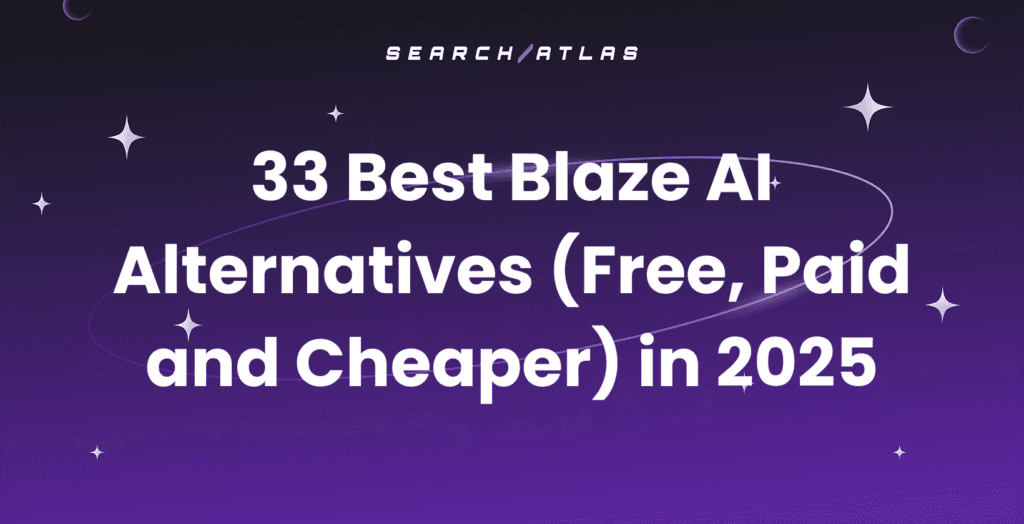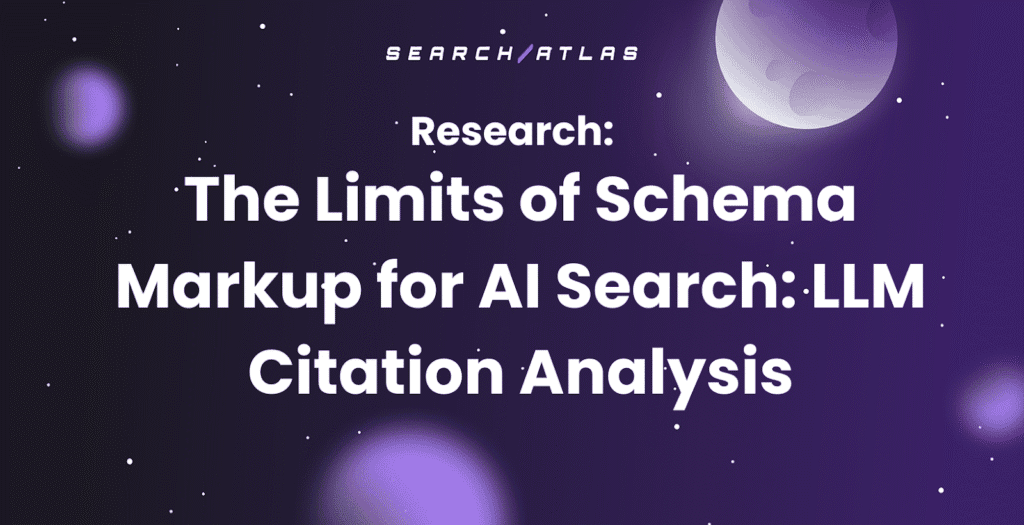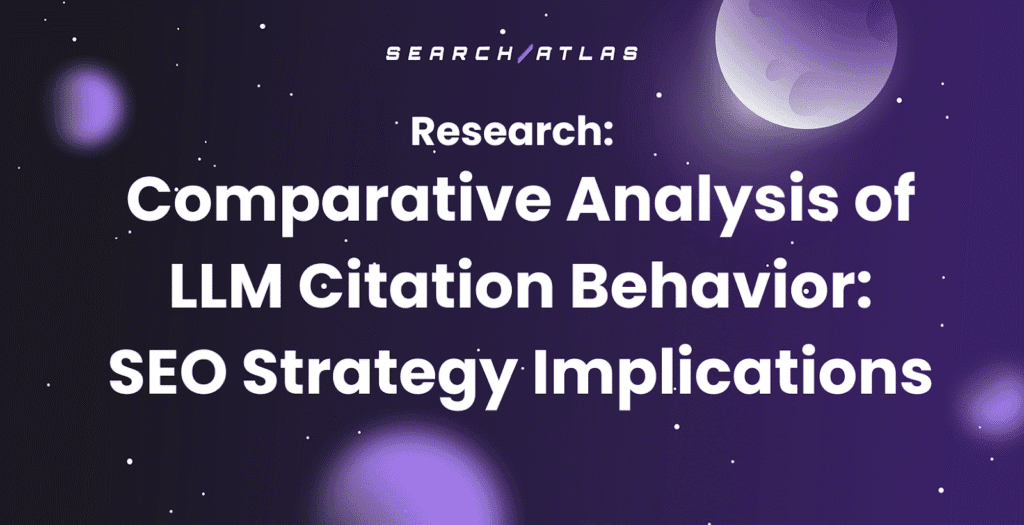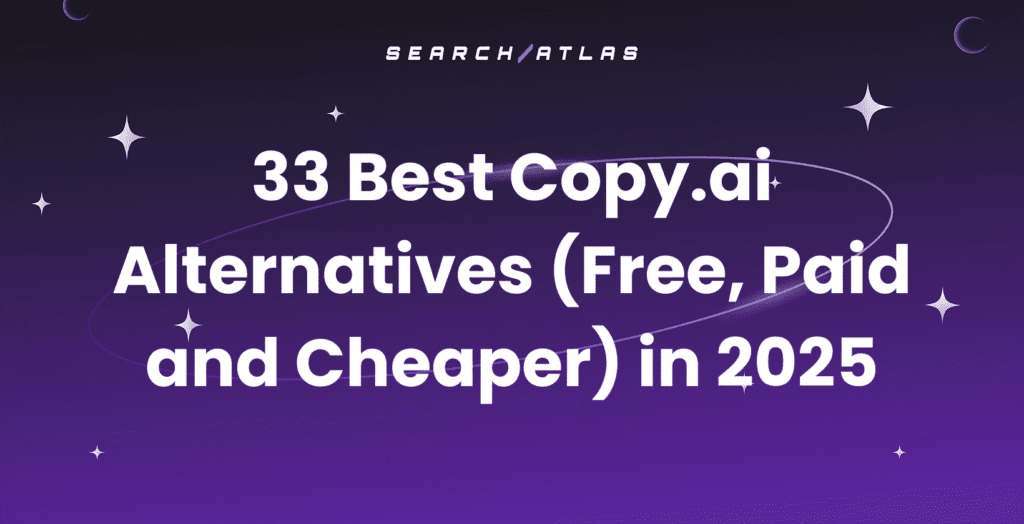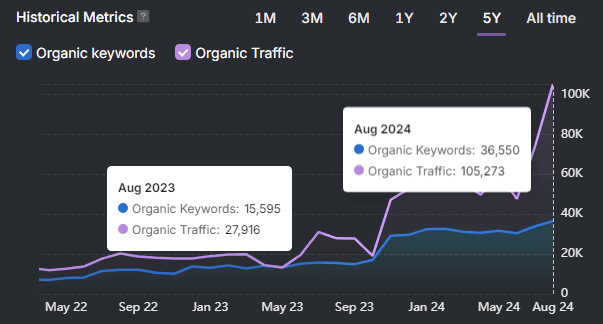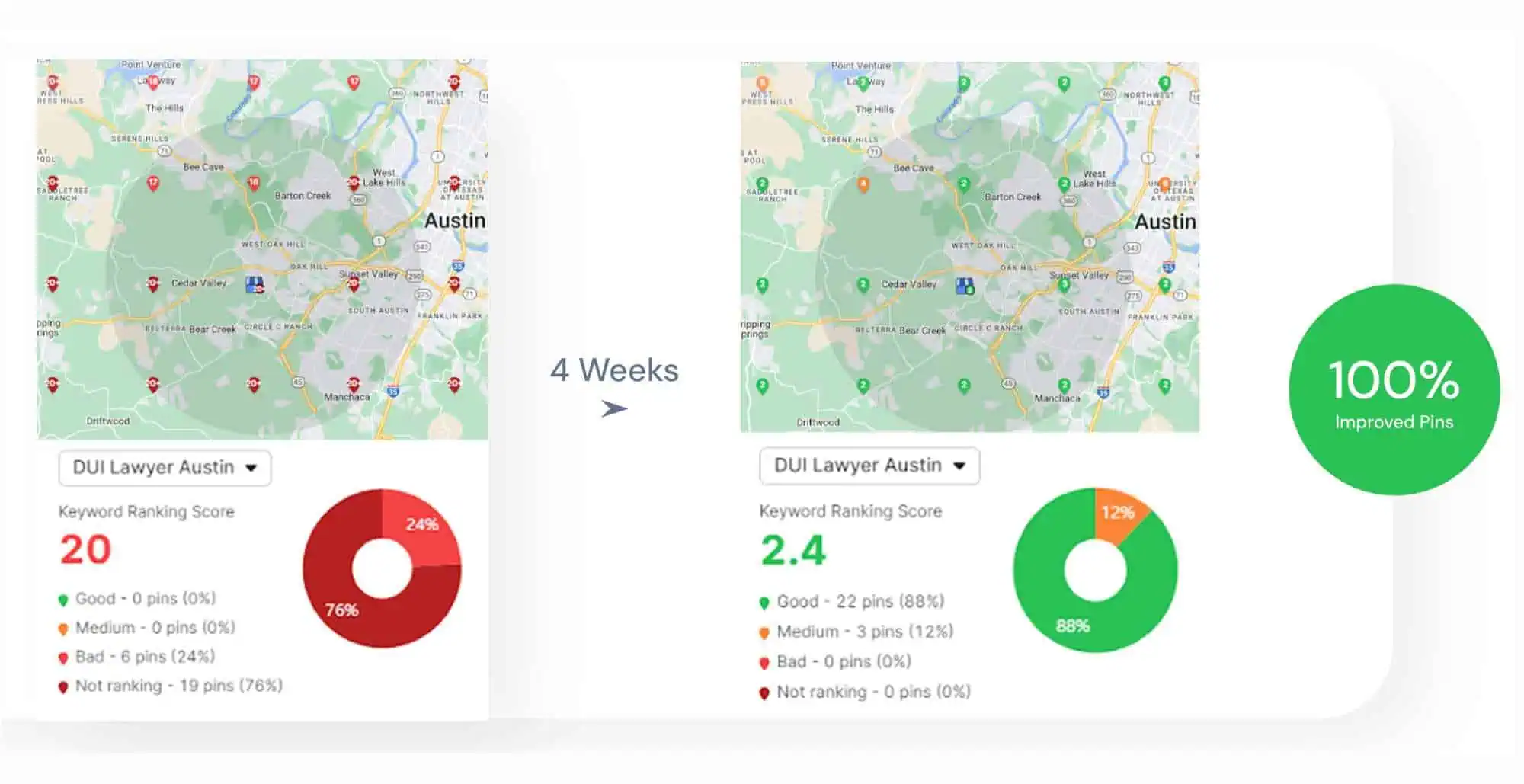SEO tips are short, tactical recommendations that help improve a website’s visibility in search engine results pages (SERPs). Search engine optimization tips provide fast, targeted adjustments for ranking higher, attracting more clicks, and improving on-page engagement. SEO tricks are focused on immediate wins, like optimizing metadata, improving internal linking, and targeting keywords with clear intent.
The most effective SEO tips in 2025 support Google’s ranking systems, such as Helpful Content, E-E-A-T, and Core Web Vitals. SEO recommendations include targeting intent-based queries, placing primary keywords in the first 100 words, adding “What is” definitions for snippet eligibility, using question-based subheadings, and diversifying internal anchor text. SEO tips help you capture seasonal traffic, trigger instant indexing, and optimize for local ZIP-code-level visibility.
A curated list of the top 20 SEO tips to dominate SEO rankings in 2025 is below.
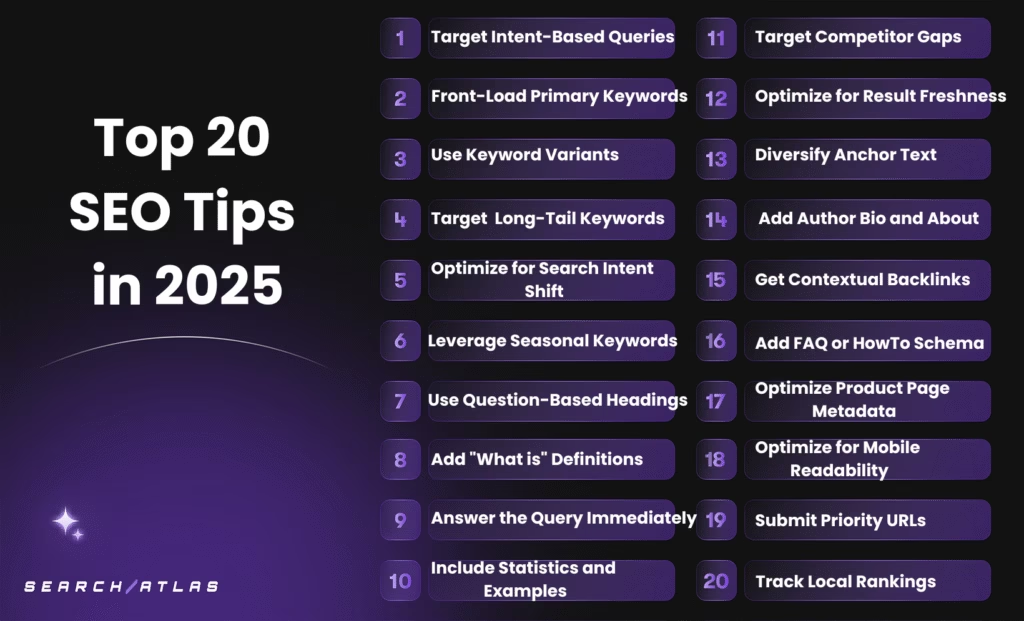
1. Target Intent-Based Search Queries
Targeting intent-based queries is one of the most reliable keyword research tips to improve SEO relevance. Search intent determines what users expect to find, and Google ranks pages that match it. Queries with modifiers like “how,” “best,” or “vs” signal specific goals that shape content type and structure.
The most useful keyword research SEO tips to group terms by intent before creating or optimizing pages are below.
- Group keywords by dominant intent (informational, navigational, commercial, or transactional) before outlining any page.
- Assign one intent per page to avoid content mismatch.
- Avoid mixing goals like “what is” and “buy now” on the same page. Intent drift causes Google to downrank the page because the content appears unfocused.
- Match content format to SERP examples for each query.
- Prioritize queries where your format can outperform the competition.
Informational queries surface guides, glossaries, or tutorials. Commercial queries favor listicles and reviews. Navigational queries highlight branded homepages or platform logins. Transactional queries rank landing pages or product listings.
The Search Atlas Keyword Magic Tool classifies queries by intent and displays how top-ranking pages format their content. The Search Atlas Keyword Magic Tool supports better segmentation, clearer targeting, and more actionable keyword research.
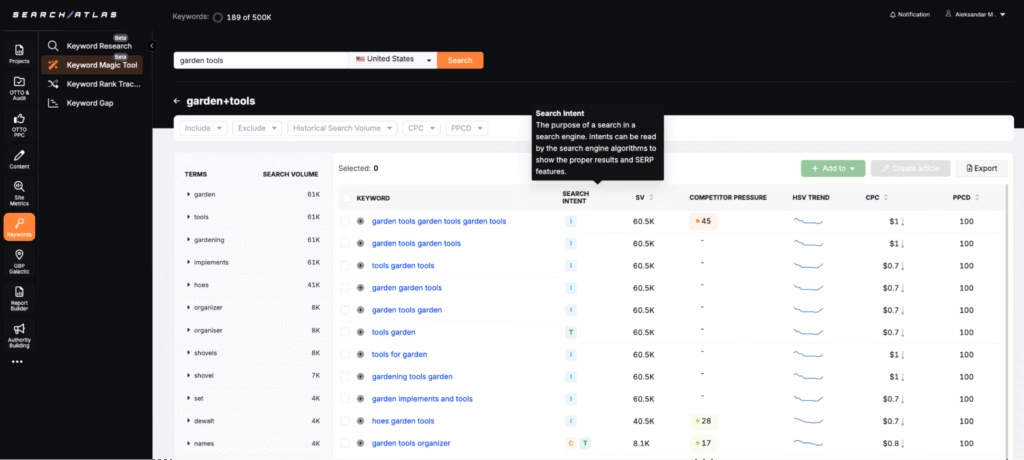
2. Front-Load Primary Keywords
Front-loading your primary keyword is an on-page SEO trick that increases content relevance and improves SERP positioning. Google evaluates the first part of a page to determine topical focus. Keywords that appear in the title tag, H1, and the first 100 words help search engines classify the page more accurately.
Front-loading is one of the most effective on-page SEO tips for reinforcing topical focus across ranking algorithms. Google algorithms, such as BERT and Helpful Content, prioritize content that demonstrates immediate topical clarity. Front-loaded terms help with snippet eligibility, meta description previews, and site link inclusion.
To front-load primary keywords, include the exact phrase in the first paragraph, then reinforce it with close variants in subheadings and anchor segments. Maintain semantic clarity by placing entity-related terms near their modifiers.
The Search Atlas Content Genius Tool identifies where to position important keywords for maximum impact. You can test optimal placements and structure keyword distribution using the Search Atlas Content Genius Tool’s AI features.

3. Use Keyword Variants
Using keyword variants is one of the SEO optimization tips that capture semantic relationships and expand ranking opportunities. Keyword variants include synonyms, related terms, and variations that Google’s NLP systems associate with primary topics. Strategic placement of keyword variants strengthens topical relevance without triggering over-optimization penalties.
Semantic variation is one of the most overlooked on-page SEO tips for broadening visibility without keyword stuffing. Using distinct but related phrases allows you to capture multiple SERP positions and reinforces your entity relationships across headings and markup.
Make sure to incorporate keyword variants across headings, subheadings, content sections, and image alt tags to create semantic clusters. Effective variant usage involves the natural integration of related terms, synonym placement in supporting content, and long-tail keyword targeting through FAQ sections.
Use tools like the Search Atlas Keyword Research Tool to identify related terms and semantic variations that complement primary keywords.
4. Target Easy Long-Tail Keywords
Targeting easy long-tail keywords is one of the top keyword research tips for SEO strategy that improves keyword rankings with lower competition. Long-tail keywords are more specific, less competitive, and often reflect clear user intent. Long-tail keywords perform well when optimized for niche topics or underserved queries.
Use Google Autocomplete by typing your seed keywords and noting the suggestions that appear in the search bar.
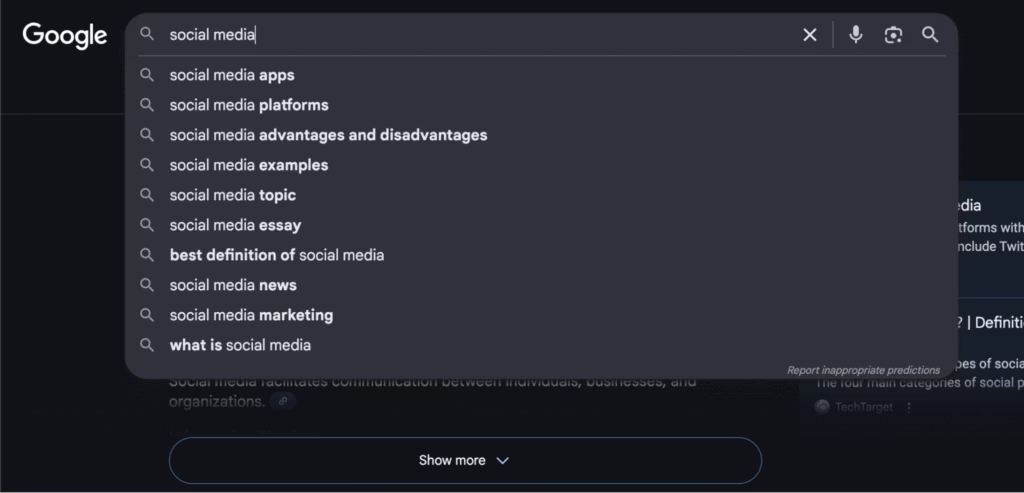
For higher-volume targets, use Google Keyword Planner to compare suggestions by monthly searches.
The Search Atlas Keyword Research Tool finds long-tail keyword clusters, question-based variations, and related phrases with low competition and clear search intent. You can extract qualified topics and build clusters using the Search Atlas Keyword Research Tool.
5. Optimize for Search Intent Shifts
Optimizing for search intent shifts is one of the best SEO marketing tips that involves adapting existing content when user search behaviors change for specific keywords, which ensures your pages continue to match what users want to find.
Optimizing for search intent shifts helps maintain rankings when user expectations change. Search behavior evolves over time, especially for evergreen or seasonal keywords. A page that once matched the intent behind a query may lose relevance if the dominant content format on the SERP shifts.
Search intent shifts happen when users begin favoring guides over product pages, or comparisons over how-to content. Google reflects these changes by re-ranking content types based on behavioral data, query refinements, and SERP click patterns.
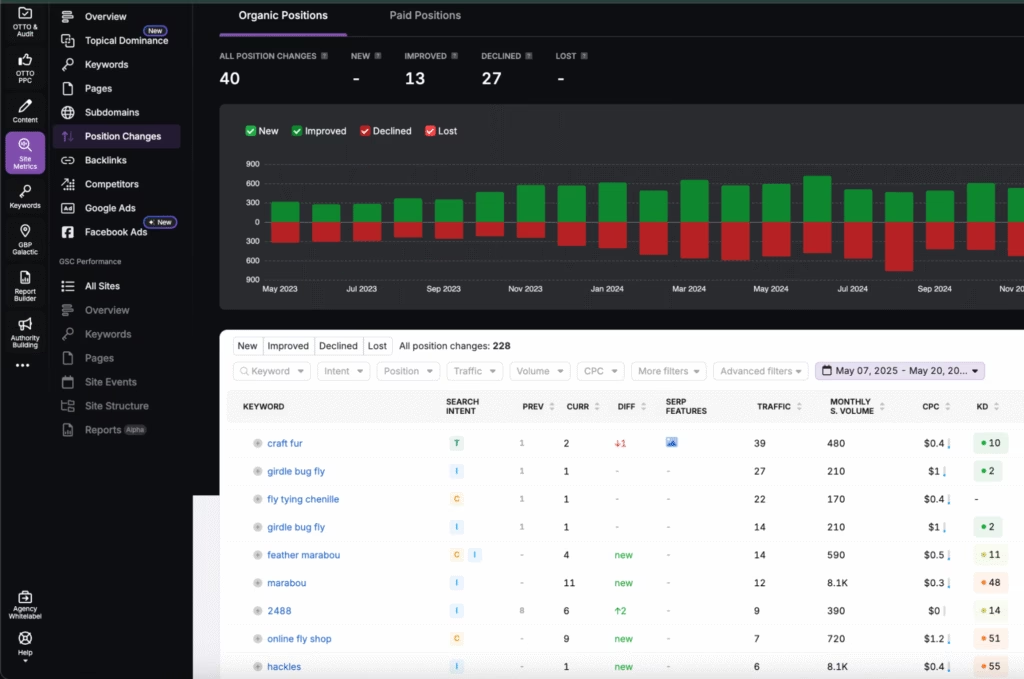
Detect search intent patterns using the Search Atlas Site Explorer Tool and adapt your page structure before visibility declines. Track search intent shifts by monitoring keyword movements, SERP features, and intent labels inside the Position Changes dashboard of the Search Atlas Site Explorer Tool. A drop in rankings without a loss in quality often indicates an intent mismatch.
6. Leverage Seasonal Keyword Variations
Leveraging seasonal keyword variations is one of the top SEO keyword tips that involves identifying and optimizing for time-sensitive search terms that spike during specific periods like holidays, seasons, or industry events.
Seasonal content optimization improves SEO by capturing traffic during peak demand periods and maintaining relevance for cyclical search behaviors. Timely seasonal content gives significant traffic increases during relevant seasons.
To check seasonal keyword trends, use Google Trends to compare search interest over time. Enter a seed keyword and set the date range to 12 months or 5 years. Look for clear peaks in specific months that repeat yearly. These patterns reveal keyword seasonality.
Keywords like “Black Friday deals” or “Christmas gifts” typically show recurring seasonal spikes. Hover over the trend line to see when interest rises.
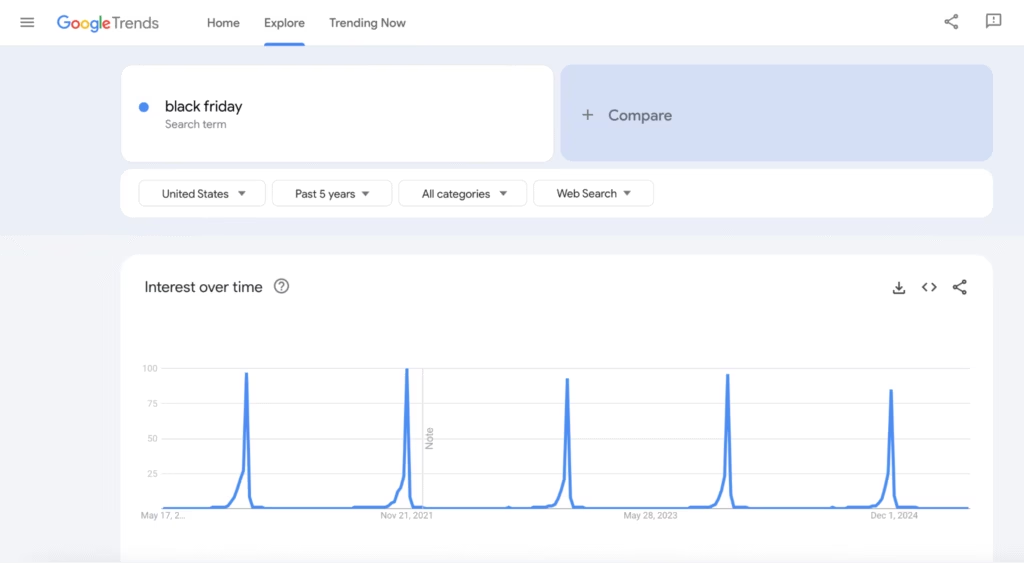
Use this data to schedule content creation in advance of the peak using the Search Atlas Content Planner Tool and prioritize publishing during the build-up phase. Seasonal keywords are most effective when used in product pages, landing pages, and blog content that goes live before the highest demand window.
Plan content updates using the Search Atlas Content Planner Tool to align publishing schedules with demand cycles.
7. Use Question-Based Headings
Using question-based headings is one of the SEO content writing tips to align with natural search behavior and voice search patterns. Question headings mirror how users formulate queries and improve content scannability. Google’s algorithms favor content structure that reflects real user questions and search patterns.
Transform traditional headings into question format when appropriate, maintain a logical content hierarchy, and ensure questions directly relate to user intent. Question-based structure works particularly well for FAQ sections and How-To content.
The Search Atlas Content Genius Tool provides related questions to use for headings that involve natural language usage, specific query targeting, and clear answer provision. Question-based headings enhance featured snippet eligibility and improve user engagement through a familiar content structure.
8. Add “What is” Definitions
Adding “What is” definitions helps clarify terminology and improve semantic understanding. “What is” definition sections help Google’s entity recognition systems understand the content context and provide valuable information for users. Clear definitions enhance content accessibility and support featured snippet optimization.
Include definitions for key terms, industry jargon, and concepts that users might not understand. Structure definitions with clear formatting, use schema markup for enhanced visibility, and position definitions within the content hierarchy.
Definition optimization involves concise explanations, relevant examples, and proper markup implementation. Definitions improve content comprehensiveness and support ranking for definition-based queries.
9. Answer the Query Immediately
Answering the query immediately in the opening content provides user intent satisfaction and improves engagement metrics. Google’s algorithms favor content that provides direct, relevant answers without requiring users to search elsewhere. Immediate query satisfaction reduces bounce rates and increases dwell time.
Structure content with clear, concise answers in opening paragraphs, use question-based headings that mirror search queries, and provide comprehensive information early in the content flow. Front-load value and avoid excessive introductory text that delays answer delivery.
Immediate answering involves understanding user questions, providing direct responses, and following up with supporting details. Answering the query right away improves featured snippet eligibility and enhances overall user satisfaction signals.
10. Include Statistics and Original Examples
Including statistics and original examples is one of the proven SEO writing tips to enhance content credibility and provide unique value. Data-driven content performs better in search results because it offers concrete information that users find valuable. Original research and examples differentiate content from competitor alternatives.
Incorporate relevant statistics, conduct original research when possible, and provide real-world examples that illustrate the main points. Use reputable sources for data and cite information properly to maintain credibility.
Statistical content enhancement involves accurate data presentation, proper attribution, and contextual relevance. Including statistics and original examples in your content improves content authority and supports E-E-A-T (Experience, Expertise, Authoritativeness, Trustworthiness) signals.
11. Target Competitor Content Gaps
Targeting competitor content gaps helps you rank for topics your competitors overlook or cover poorly. Content gaps occur when top-ranking pages fail to cover subtopics, underperform in-depth, or miss related queries that users still search for. Identifying and filling competitor content gaps is a content SEO tactic that gives you a direct opportunity to win rankings without direct confrontation.
Start by analyzing competitors for your main keywords. Look for sections they skim over, questions they leave unanswered, or SERP features they do not trigger. Gaps often appear in thin FAQ blocks, missing internal links, or short-form content for complex queries.
Build pages that close competitor content gaps with deeper explanations, added schema, or supporting visuals. This is one of the most tactical content SEO tips for outranking similar domains because you gain traffic from underexploited search terms while strengthening topical authority.
Use the Search Atlas Keyword Gap Tool to compare content coverage across competing domains. The Search Atlas Keyword Gap Tool lets you identify topics where comprehensive content could outrank existing results.
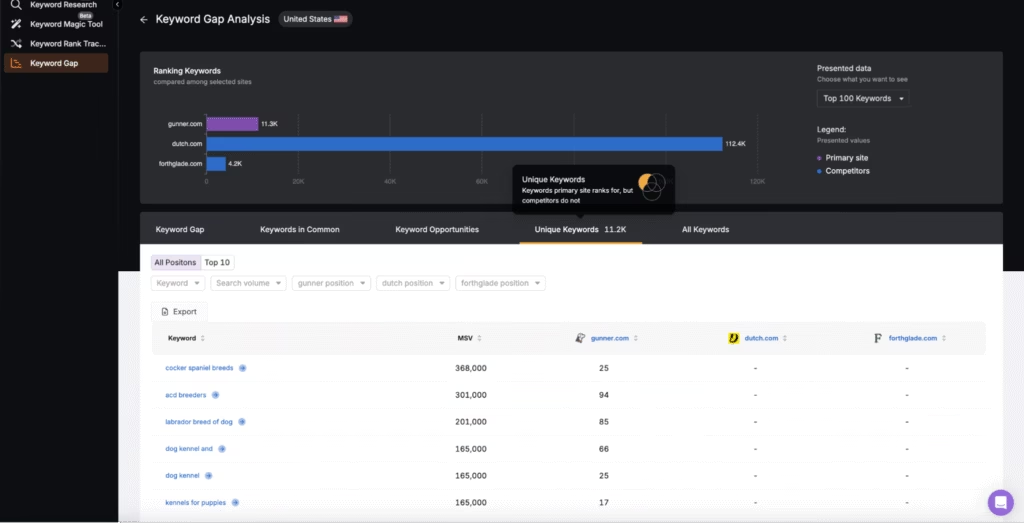
12. Optimize for Search Result Freshness
Optimizing for search result freshness helps your content stay competitive for time-sensitive queries. Google prioritizes newer or recently updated pages when serving results for topics that evolve. Ranking systems such as Query Deserves Freshness (QDF) adjust visibility based on recency signals like updated timestamps, revised structure, or added data.
Freshness matters most for searches that include dates, product versions, or fast-changing entities. These include phrases like “best SEO tools 2025,” “latest update,” or “industry trends this year.” Pages that reflect current information and appear recently modified tend to outrank older URLs.
Adding current or evergreen dates to titles improves CTR and freshness alignment in Google’s QDF systems. SERPs with dates visible in meta titles tend to win more clicks for time-sensitive queries. Use [2025], “Updated 2025,” or month-based formats in editorial content.
Take advantage of the Search Atlas SCHOLAR Tool to evaluate whether your content shows freshness markers like updated data points, temporal phrases, and modified metadata. The Search Atlas SCHOLAR Tool helps determine if your page aligns with Google’s freshness expectations.
13. Diversify Internal Anchor Text
Diversifying internal anchor text is an on-page SEO trick used to create natural linking patterns and distribute PageRank. Varied anchor text helps Google understand content relationships while avoiding over-optimization penalties. Natural anchor text distribution includes branded terms, partial matches, and descriptive phrases.
Use a mix of exact match, partial match, branded, and generic anchor text across internal links. Make sure to link to relevant pages that provide additional value for users exploring related topics. Building a diverse linking strategy is one of the most important internal linking SEO tips for improving crawl depth and keyword distribution without over-optimization.
14. Add Author Bio and About Pages
Adding author bio and About pages allows content attribution and satisfies E-E-A-T requirements. Author information helps Google evaluate content credibility, especially for YMYL (Your Money or Your Life) topics. Clear authorship supports trust signals and enhances overall site authority.
Include detailed author bios, link to author profiles or social accounts, and maintain consistent authorship across related content. Create comprehensive About pages that explain organizational background, expertise, and credentials.

Authorship optimization involves credible author information, professional backgrounds, and transparent contact details. Adding bylines and About pages improves content trustworthiness and supports Google’s quality evaluation processes.
15. Get Contextual, Relevant Backlinks
Getting contextual, relevant backlinks is one of the most important off-page SEO tips to build domain authority and improve search rankings. Quality backlinks from relevant sources signal content value and industry recognition.
To get contextual, relevant backlinks, top off-page SEO tips include creating link-worthy content, engaging in industry relationships, and pursuing opportunities for natural mentions.
Contextual relevance increases trust by reinforcing your topical coverage. Pages that earn backlinks from niche-specific blogs, editorial content, or data references tend to rank higher for competitive queries. Unnatural or irrelevant links may dilute authority or trigger spam classifiers.
Use the Search AtlasLink Building Outreach and Digital PR Tool to find publishers, bloggers, and influencers in your niche. The Search AtlasLink Building Outreach and Digital PR Tool lets you search by keyword, filter by domain rating or traffic, and contact link prospects from the dashboard using pre-built outreach templates.

16. Add FAQ or HowTo Schema
Adding an FAQ or HowTo schema markup improves SERP appearance by enabling rich results that increase visibility and click-through rates. FAQ and HowTo schema are structured data types that allow your content to occupy more screen space and answer user questions directly on the results page.
Adding schema markup is one of the best technical SEO tips because Google uses this markup to generate enhanced listings under your URL, particularly for question-driven or instructional content.
The FAQ schema is ideal for content that answers multiple user queries, while the HowTo schema works best for pages that walk users through a process. Both schema types align with Google’s structured data systems and improve eligibility for featured snippets, voice search, and People Also Ask inclusion.
Use the Search Atlas Schema Markup Generator to create clean JSON-LD code for FAQ or HowTo formats instantly. Paste the schema from the Search Atlas Schema Markup Generator Tool into your page’s HTML or inject it via your CMS to activate an enhanced SERP display for instructional and informational queries.

17. Optimize Product Page Metadata for Rich Results
Optimizing product page metadata with structured markup is one of the top e-commerce SEO tips for small businesses that improves visibility in shopping results and product carousels. Fields like price, availability, SKU, and review ratings help Google display product-rich snippets that attract more clicks. Pages that include full metadata rank better for transactional keywords and convert at higher rates.
Metadata improvements are one of the core ecommerce SEO tips for capturing high-intent traffic and improving ROI from organic product discovery.
The Search Atlas Schema Markup Generator helps you create JSON-LD code for the Product schema based on the product and brand details.
18. Optimize for Mobile Readability
Optimizing for mobile readability is a mobile SEO standard, so your website meets Google’s mobile-first indexing requirements and user expectations. Optimizing for mobile readability involves responsive design, fast loading times, and touch-friendly navigation. Mobile optimization performance directly impacts rankings across all devices.
The proven mobile SEO tips include ensuring text remains readable without zooming, buttons are appropriately sized for touch interaction, and content loads quickly on mobile connections. Test mobile experience regularly across different devices and connection speeds.
Mobile optimization involves responsive design implementation, performance optimization, and user experience enhancement.
19. Submit Priority URLs Using Instant Indexing
Submitting priority URLs through instant indexing reduces the delay between publishing and appearing in Google’s index. Google’s crawl scheduling is unpredictable, especially for lower-authority sites. Real-time submission ensures that high-priority URLs are discovered, crawled, and evaluated faster.
Submitting new or updated URLs through instant indexing is one of the tips for SEO that is especially useful when launching time-sensitive pages such as seasonal landing pages, re-optimized evergreen articles, or new services that require rapid visibility.
Faster indexing leads to quicker ranking improvements and faster data feedback in Google Search Console.

Use the Search Atlas OTTO SEO’s GSC Instant Indexing and Dynamic indexing features to push updated URLs directly to Google in bulk and reduce the wait time.
20. Track Local Rankings at the ZIP Code Level
Tracking rankings at the ZIP code level reveals micro-location performance differences that affect visibility in local packs. Google personalizes search results based on precise user location, which means your business may rank first downtown but not appear in outlying suburbs. Hyperlocal differences impact phone calls, direction requests, and foot traffic.
Businesses that operate across a metro area or serve multiple service zones need to monitor how location proximity affects local intent queries. Track terms like “near me,” “open now,” or “[service] in [neighborhood]” to understand where you need optimization.
Use the local SEO insight to adjust Google Business Profile assets by zone. The best local SEO tips include rotating photos, updating service categories, and refining Q&A entries to match local user expectations in each area. Review prompts and localized landing pages can be tailored to ZIP code performance to strengthen relevance and engagement.
Use the Search Atlas Local SEO Heatmap Tool to visualize keyword shifts across ZIP codes, neighborhoods, and service areas. The Search Atlas Local SEO Heatmap Tool lets you monitor local pack rankings and isolate underperforming zones that require optimization.
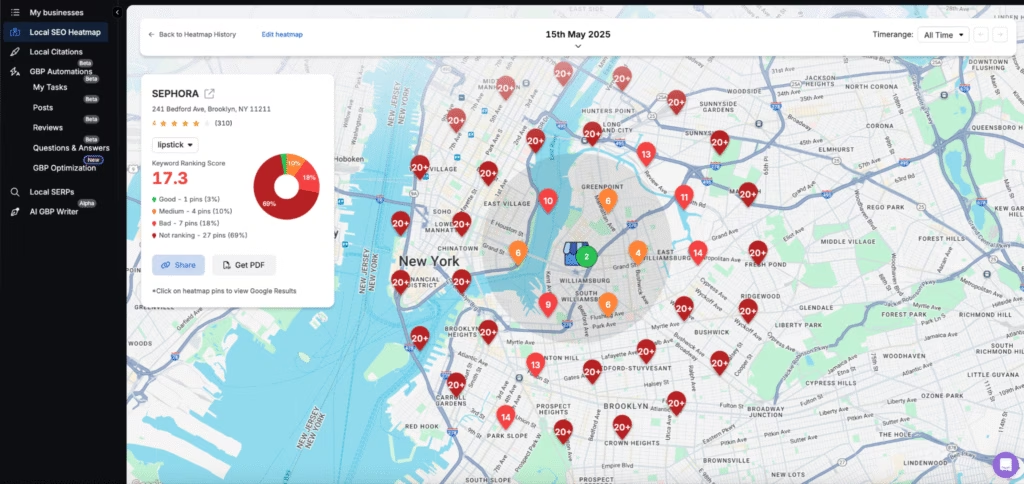
What SEO Recommendations to Give for Beginners Besides SEO Tips?
SEO recommendations for beginners focus on building a strong foundation through consistent structure, clean on-page elements, and reliable measurement systems. SEO tips offer quick adjustments, but beginners need a stable baseline that includes proper site architecture, verified analytics, and clear workflows.
The best SEO tips for beginners suggest first starting with core website configurations like SSL installation, mobile responsiveness, and XML sitemaps. Secondly, set up Google Search Console and Google Analytics for ongoing monitoring. Prioritize foundational improvements that affect crawlability, indexation, and basic relevance.
Thirdly, move toward simple keyword mapping, internal linking, and structured content creation. Focus on ranking one page per intent instead of targeting many keywords on the same page.
Use Search Atlas OTTO SEO to automate all the core SEO tasks according to the top SEO guidelines. The Search Atlas OTTO SEO is an AI agent that automates technical configurations, detects SEO issues in real time, and implements fixes in bulk through an AI-assisted workflow that suits beginners and solo marketers.
What Is the Relation Between SEO Tips and SEO Strategy?
SEO tips and SEO strategy have a complementary relationship where SEO tips provide tactical insights that support SEO strategy objectives. SEO strategy defines long-term goals, target audiences, and competitive positioning, while SEO tips offer specific actions that execute strategic initiatives and adapt to algorithm changes.
An SEO strategy establishes the framework for content themes, link building, and technical optimization. SEO tips then provide the tactical methods for implementing these strategic decisions, such as optimizing for specific SERP features or adapting to seasonal trends. The best SEO strategy for increasing website traffic combines strategic planning with tactical flexibility through selective tip implementation.
What Is the Difference Between SEO Tips (SEO Advice) and SEO Best Practices?
SEO tips or SEO advice include situational recommendations, while SEO best practices are established methods that apply consistently across all sites. SEO tips address urgent problems or trends. SEO best practices define how to optimize titles, headers, images, internal links, or site speed under any conditions.
For example, a tip would suggest using a question-style H2 to improve PAA visibility during an update. A best practice would advise writing clear, relevant headings for every section. SEO tips respond to what works today. SEO best practices work every day. Tips may become obsolete when SERPs evolve. Best practices remain stable.
First, follow the SEO Best Practices 2025 as a foundation, then apply individual SEO advice to improve underperforming pages or get short-term visibility gains.
What is the Difference between SEO Tips (SEO Tricks) and SEO Techniques?
SEO tips or SEO tricks are small, focused actions used to gain ranking improvements quickly. SEO techniques are structured, repeatable methods used to implement broader strategies. SEO tips help with featured snippet capture, FAQ schema generation, or meta title rewrites. SEO techniques involve keyword clustering, topical mapping, or internal linking structures.
For example, adding “What is” definitions to blog posts is a tip. Creating a semantic content brief using entities and relationships is a technique. Tips support techniques by improving tactical performance. Techniques use tips as steps in a system.
To understand the structure of optimization, review the most important SEO techniques and compare them to tip-level recommendations used for short-term SEO wins.


